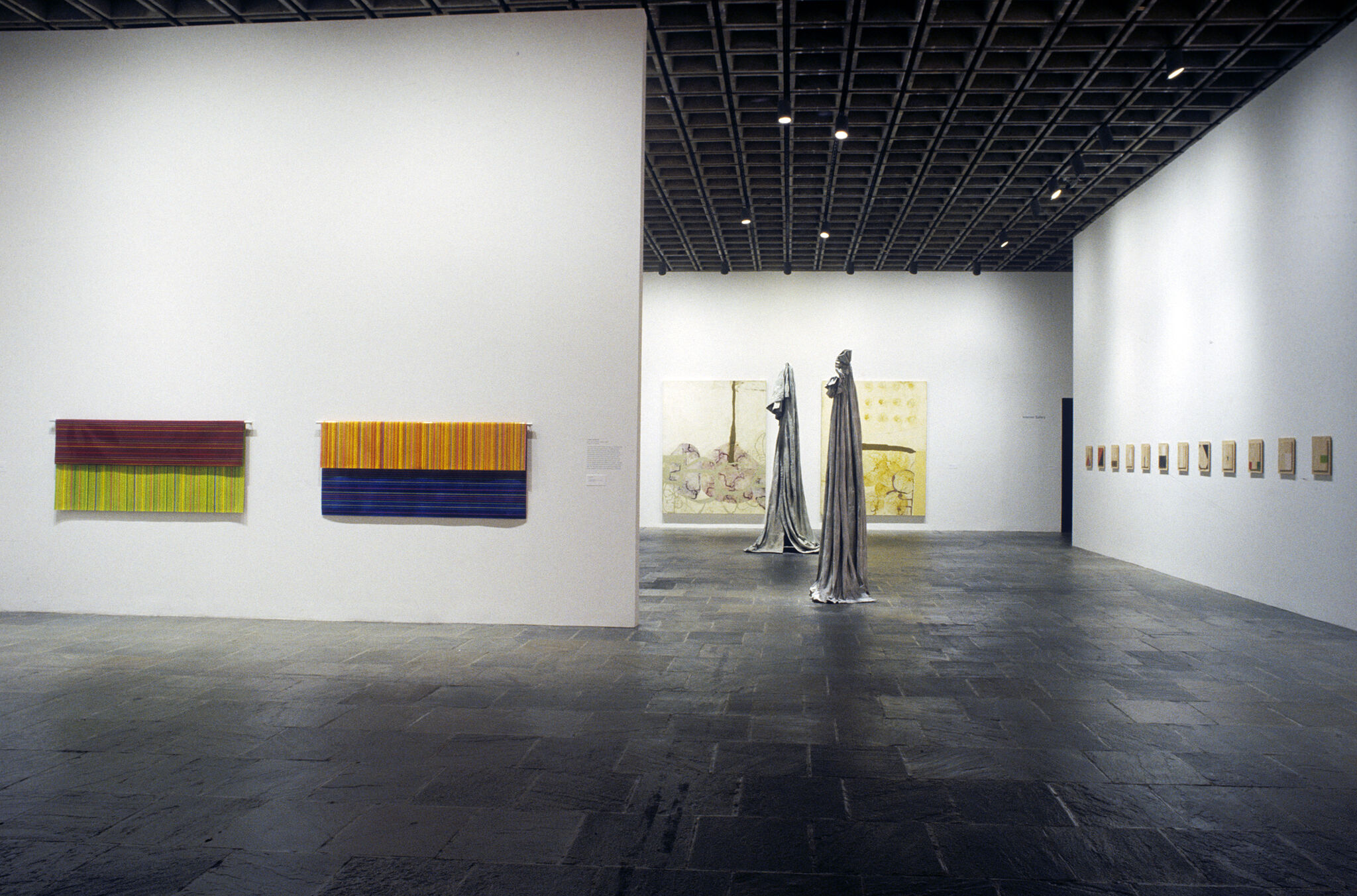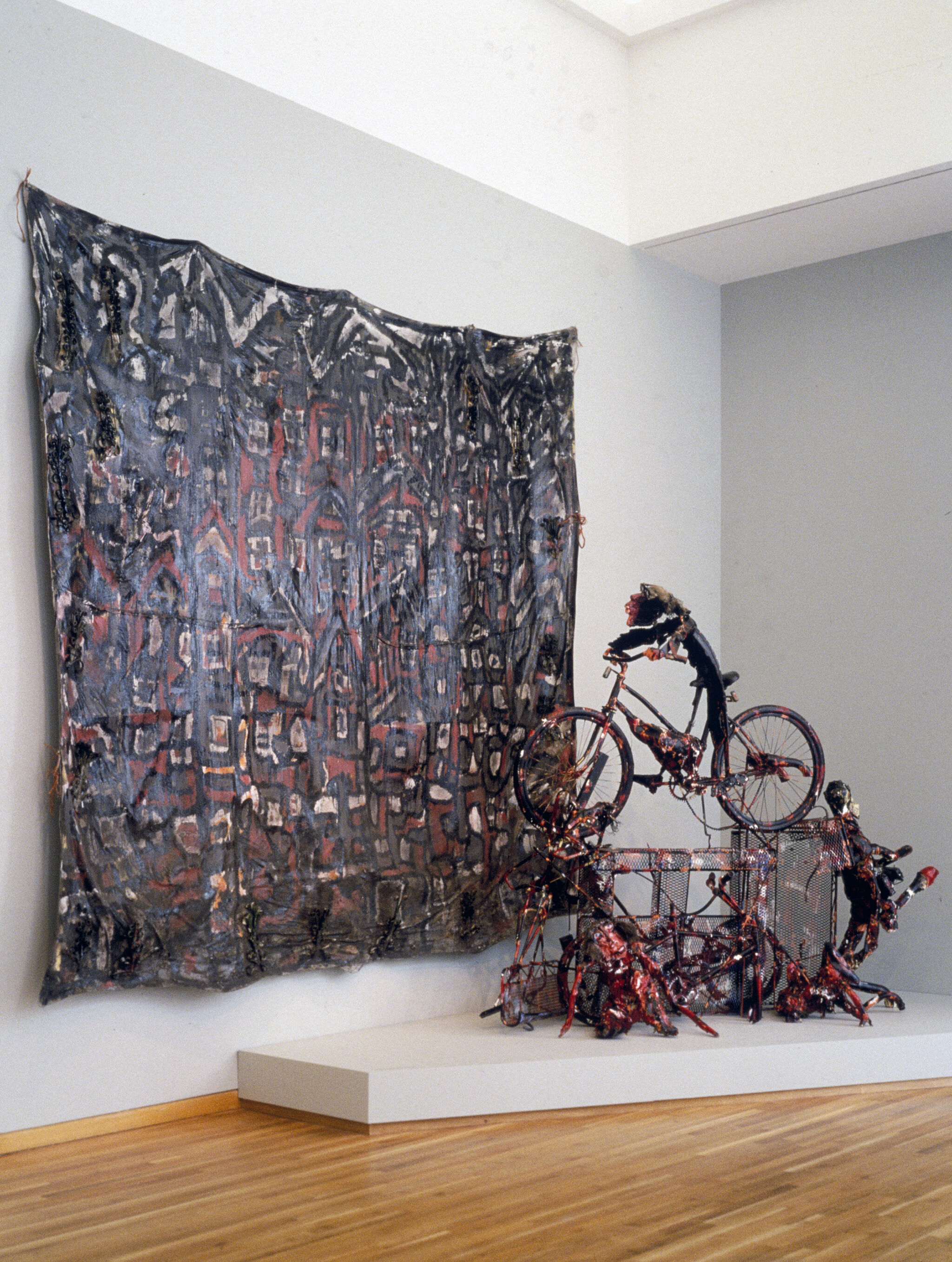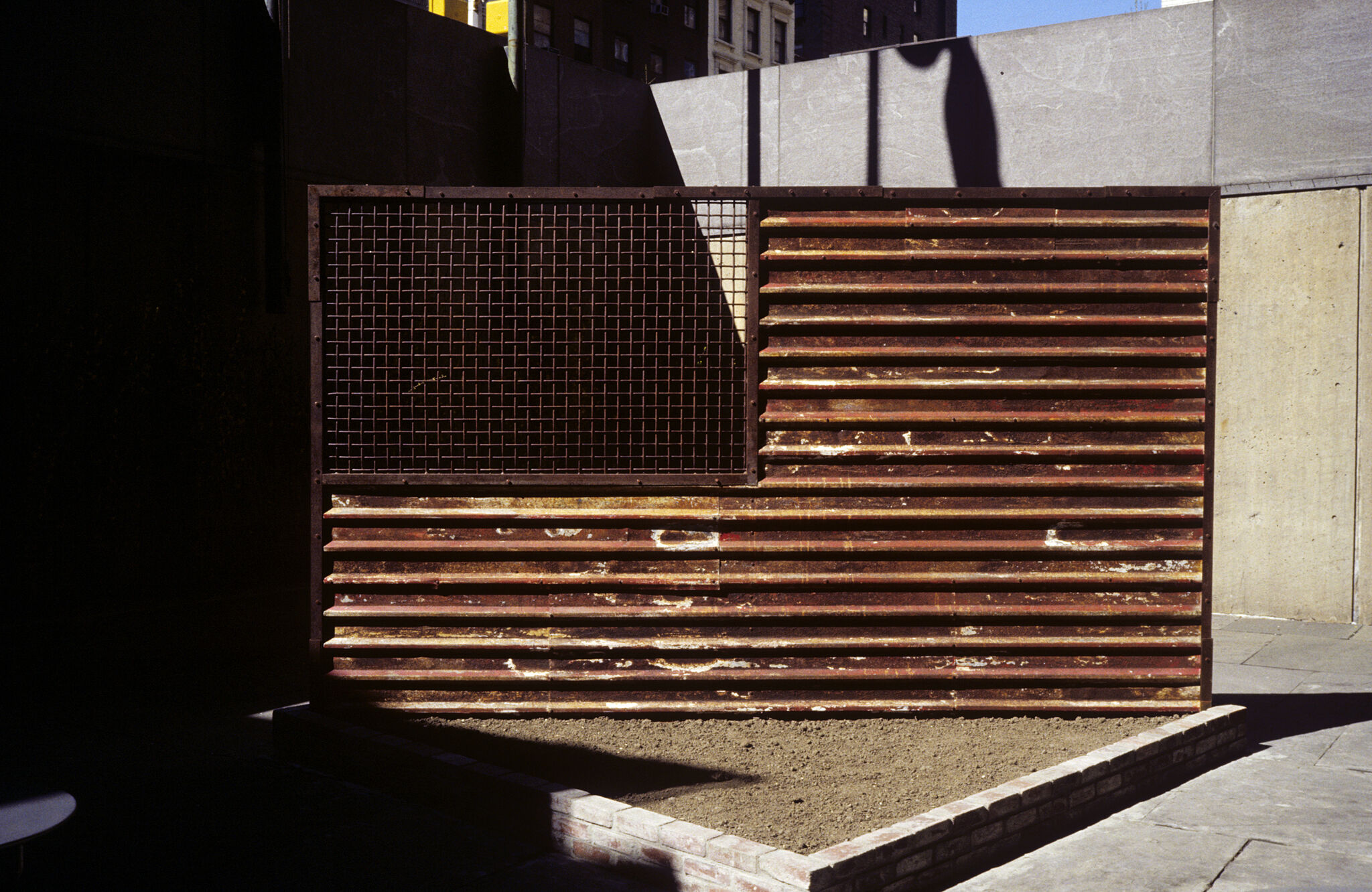Whitney Biennial 2000
Mar 23–June 4, 2000
Whitney Biennial 2000
The Whitney Biennial 2000 was curated by Michael Auping, Valerie Cassel, Hugh M. Davies, Jane Farver, Andrea Miller-Keller, and Lawrence R. Rinder.
In the News
“. . . a show without a theme, no strong point of view, not much sex, no dead pigs, no fecal matter or rotting eggs or mannequins with a penis for a nose. Sounds boring, no? Well, it is. The show goes out of its way to be ecumenical, independent, geographically diverse, representative of all media, including the Internet, and different from what the New York power brokers would do.” —The New York Times
“The last thing you expect from a gathering of this kind—a summa of contemporary art over the past two years—is flirtatiousness. Yet that’s what you get. [. . .] this Biennial is coy and brazen at once. [. . .] it is self-regarding, self-revealing, and self-desiring without ever seeming narcissistic or self-centered.” —The New York Times
“Art of the 20th century dissolved boundaries, bringing a world of cross-disciplinary, multimedia, theatrical, electronic, cybernetic and other breakaway modes of expression. This world is instructively represented right now by the Whitney Biennial.” —The New York Times
“For the first time, the film and video component of the Whitney Biennial has been placed under the stewardship of the same committee that selects the main body of the exhibition rather than being left to specialists in the field. A result is a more open, more varied yet in some ways more obvious selection of entries than before.” —The New York Times
“The Whitney Museum of American Art’s Biennial is an exhibition of new and often cutting-edge American art. This year, one work may be a little too cutting.” —The New York Times
“Timeless is exactly what this show is not. It’s got lots of installations [. . .]. It’s got lots and lots of Web art [. . .]. With its too-big glossy photographs, its anti-Giuliani screed, and its many, many videos, the 2000 Biennial is as voguish as can be.” —The Washington Post
“The Whitney Biennial 2000 was chosen by six curators from different parts of the U.S., which probably explains why one of their main concerns was to shift emphasis away from New York-based artists. Another curatorial emphasis was to represent artists at different stages in their careers.” —Circa
“The 2000 Whitney Biennial was about the here-and-now. This often-contentious survey of recent work was a more tepid affair than many of the last two decades [. . .]. It was possible to look at the art without the usual sense of outrage, spending less time on the inevitable questions [. . .] and actually taking note of a few artists whose progress one would want to follow.” —The Hudson Review
“. . . computer art has finally come of age. The New York art community has embraced it by including it in this year’s Whitney Biennial.” —Leonardo
More from this series
Learn more about the Whitney Biennial, the longest-running survey of American art.



























